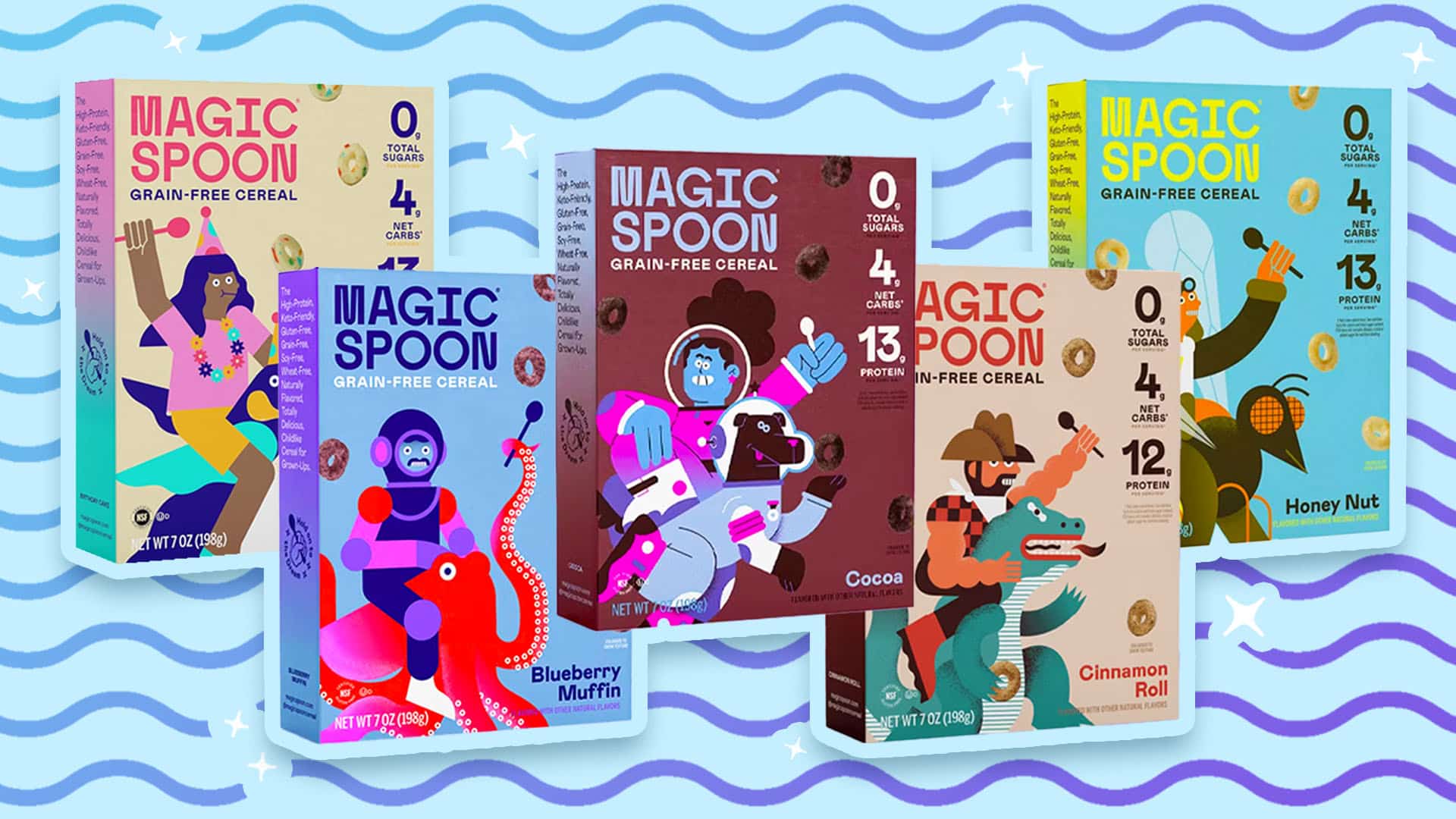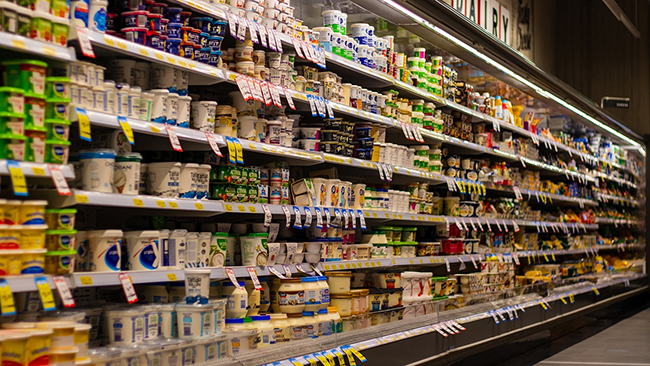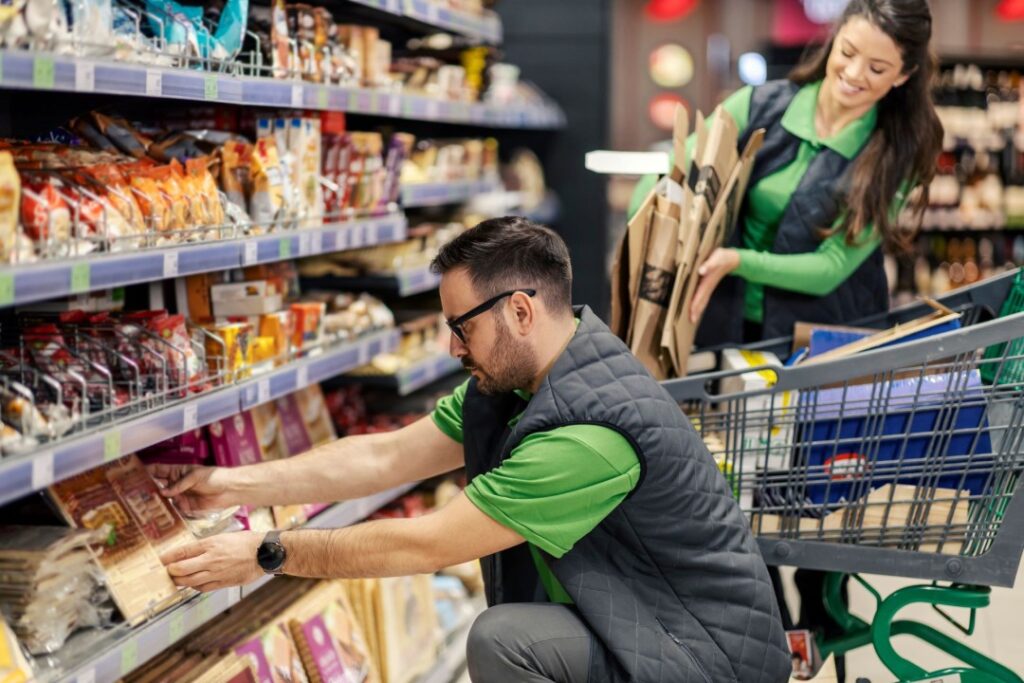Entering the U.S. market as a CPG brand—especially in food and perishable goods—is a challenge that goes beyond product quality. You’re not just selling a product; you’re selling trust, visibility, and retail viability. In such a highly competitive landscape, where shelf space is limited and buyer attention is scarce, content is one of the most powerful tools to differentiate your brand, secure distribution, and drive sales.
However, most brands fail to use content strategically. They either focus on basic brand awareness (which doesn’t translate to sales) or produce content that doesn’t address the real pain points of wholesalers, retailers, and consumers.
This guide will walk you through how to create a CPG-focused content strategy that helps you:
- Gain traction with wholesalers and retailers so they take your brand seriously.
- Educate and engage consumers to generate demand before your product even hits shelves.
- Drive long-term sales by positioning your brand as a trusted industry player.
Why content is essential for CPG brands entering the U.S. market
1. Content builds credibility with wholesalers and buyers
One of the biggest mistakes international CPG brands make is assuming that wholesalers and retailers will be interested in their product simply because it sells well elsewhere. The reality is that buyers take on a significant financial risk when they add a new brand to their catalog.
To earn their trust, you need to prove that:
- There is demand for your product in the U.S. market.
- You understand the competitive landscape and have a strategy for success.
- Your brand is positioned correctly for retailers to make a profit.
🔹 Case study: How Oatly used content to break into U.S. retail
Oatly, a Swedish oat milk brand, didn’t just launch in the U.S. with ads—they built an entire educational content strategy. Instead of focusing on just “why oat milk is great,” they:
- Created in-depth content explaining oat milk’s advantages over dairy and almond milk (targeting health-conscious and sustainability-driven consumers).
- Used social proof and testimonials from baristas and chefs to create demand before launching in stores.
- Developed retail-focused sales materials to educate grocery buyers on why Oatly deserved shelf space.
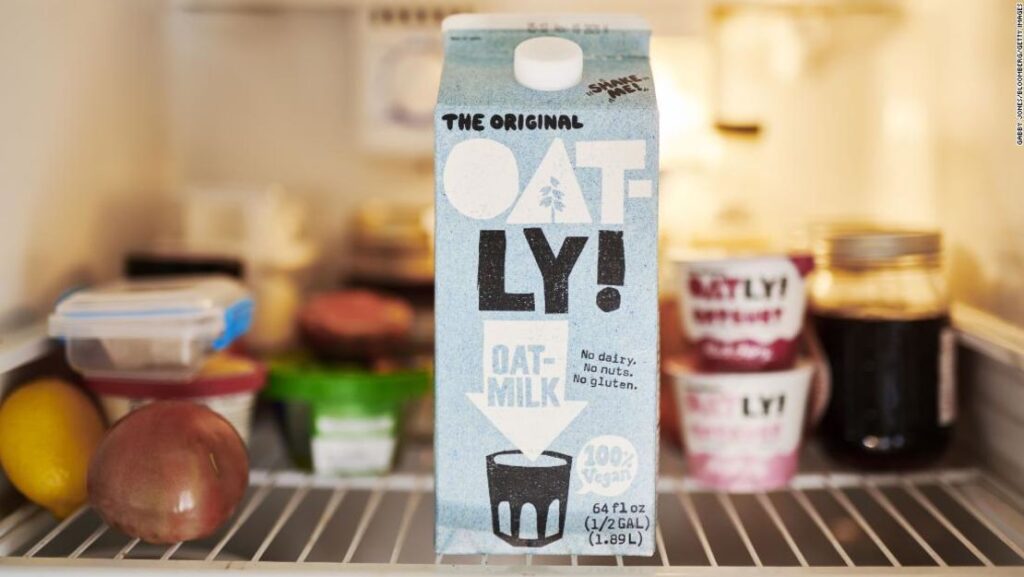
This education-first content approach helped Oatly secure distribution across major retailers and establish itself as a category leader.
2. Content helps CPG brands control their narrative
Retailers are not responsible for marketing your product. If a consumer doesn’t know your brand before seeing it on a shelf, there’s a low chance they’ll pick it up over a competitor they recognize.
🔹 What smart CPG brands do differently:
- Generate demand BEFORE launching in retail through social media, PR, and digital campaigns.
- Create content that tells a compelling brand story, rather than just relying on packaging.
- Educate consumers on how to use their product in ways that increase purchase frequency.
🔹 Case study: Chobani’s category disruption with storytelling
Chobani wasn’t the first Greek yogurt brand in the U.S., but it became the dominant market player by crafting a compelling brand narrative. Instead of just marketing its yogurt, Chobani’s content focused on:
- The artisanal process behind its yogurt production.
- How Greek yogurt fit into a healthier lifestyle (educating consumers and increasing daily consumption).
- Behind-the-scenes founder storytelling, making the brand more relatable.

By taking control of its brand positioning through content, Chobani convinced both retailers and consumers that it was the superior choice in the Greek yogurt category.
How to create a content strategy that drives retail success
1. Focus on retailer and wholesaler education content
Most CPG brands only focus on consumer-facing content, but to get into retailers, you need B2B-focused content as well.
What this looks like in action:
- Case studies & sales sheets for wholesalers → showing how your brand has driven strong sales in similar markets.
- Retailer pitch videos → giving a high-quality overview of your product and retail performance.
- Educational reports on category trends → positioning your brand as an expert, making it easier for buyers to trust you.
🔹 Example: Impossible Foods’ retail growth strategy
Before Impossible Foods launched into national grocery chains, they:
- Created retailer-facing content demonstrating consumer demand through social proof.
- Developed data-backed reports on the rise of plant-based eating to educate buyers.
- Launched a dedicated retailer resource hub with content tailored to supermarket chains.
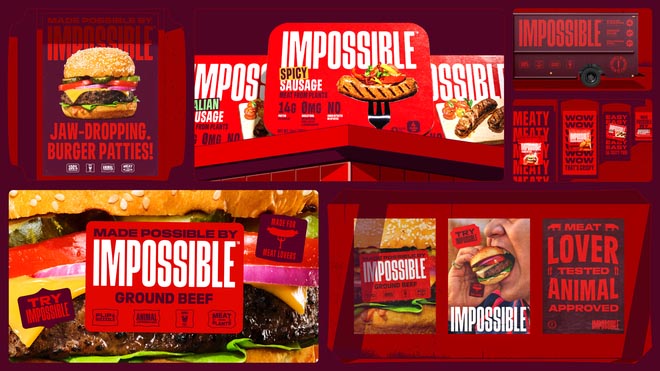
This approach made it easier for retailers to justify adding Impossible Foods to their shelves, accelerating distribution across the U.S.
2. Create demand-driving consumer content BEFORE retail launch
Your biggest advantage when entering a competitive market is building a consumer base that actively seeks out your product. To do this, brands should:
- Leverage social media and influencers to generate organic buzz.
- Run educational content campaigns around your product’s benefits.
- Use geo-targeted ads to create demand near your retail locations.
🔹 Case study: Magic Spoon’s direct-to-retail strategy
Magic Spoon, a high-protein cereal brand, started as a DTC-first company. Before launching in retailers, they:
- Built a cult-like following online through content-driven branding.
- Used data from their DTC sales to prove to retailers there was demand.
- Created hype-driven launch campaigns to ensure their product flew off shelves upon arrival.
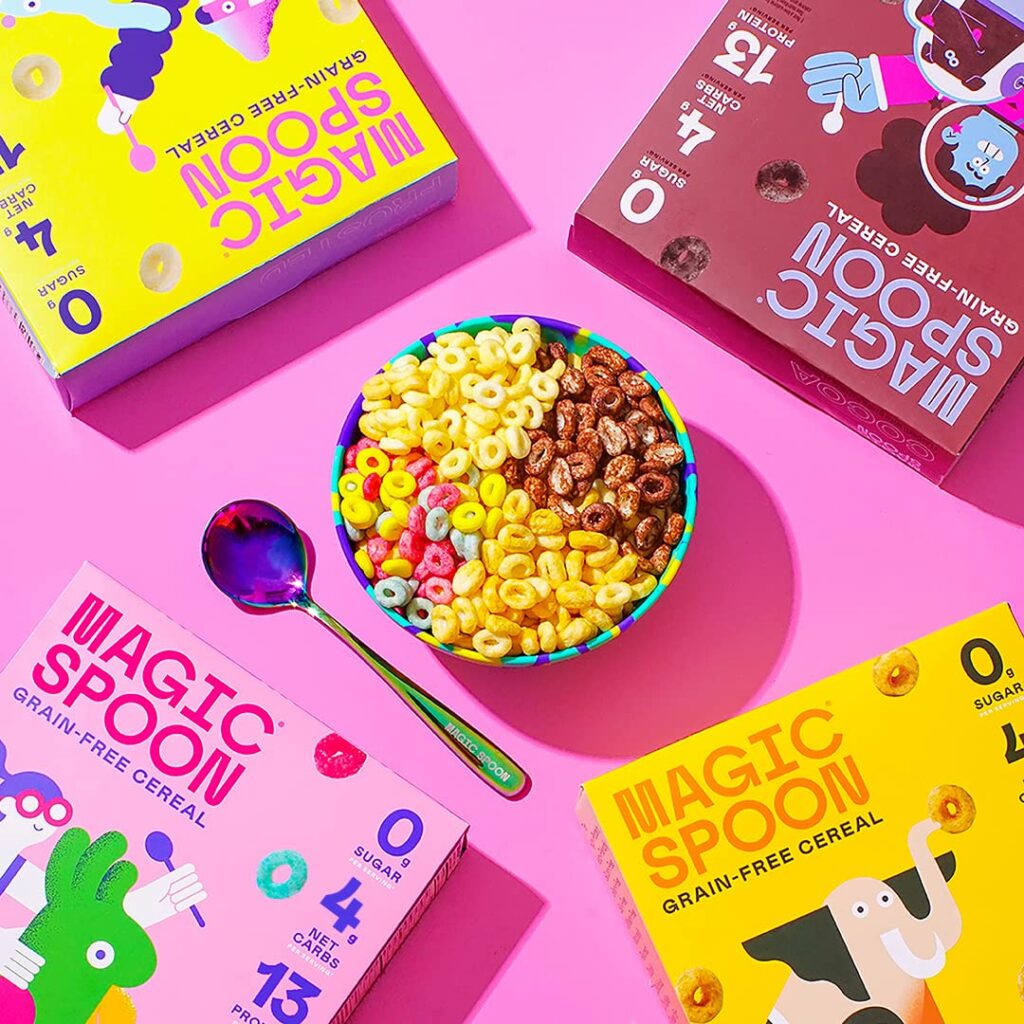
This strategy ensured strong sales velocity, making retailers WANT to carry the brand long-term.
Conclusion: turning content into a growth engine for CPG success
A CPG brand’s success in the U.S. market depends as much on content strategy as it does on product quality. The right content:
- Builds trust with wholesalers and retailers.
- Creates consumer demand before retail placement.
- Shortens the sales cycle by providing the right educational materials.
However, even with a strong content-driven strategy, getting your product into retail and securing long-term success requires the right industry connections, execution, and in-store presence.
At Group MCC, we specialize in helping CPG brands break into the U.S. market through strategic broker services, wholesaler access, and retail execution. Our expertise ensures your brand not only secures distribution but also maintains strong in-store performance through sales & merchandising support.
If your brand is ready to scale in the U.S. and needs the right connections and execution strategy, contact us today to explore how we can help you establish and grow your retail presence.

